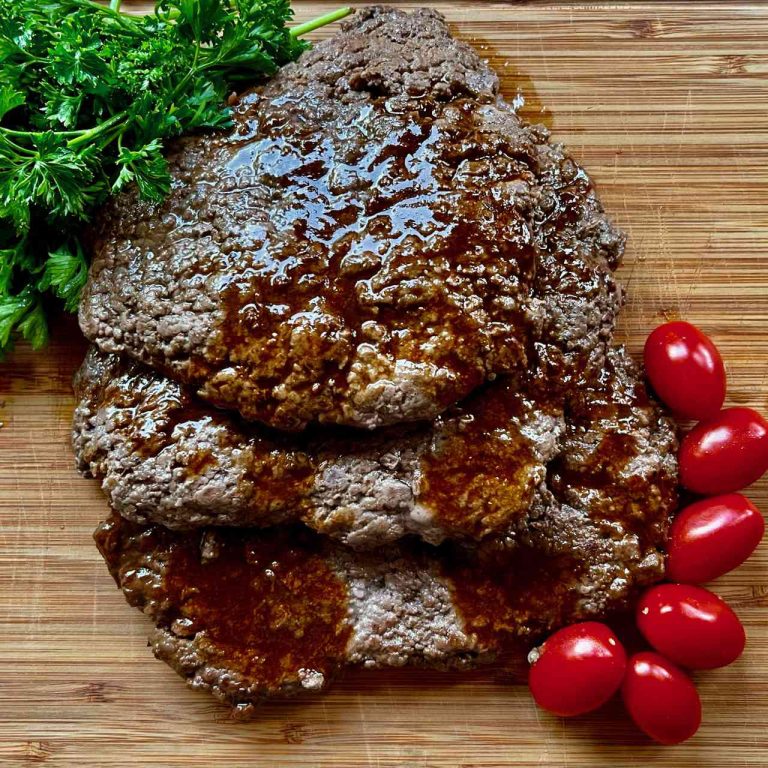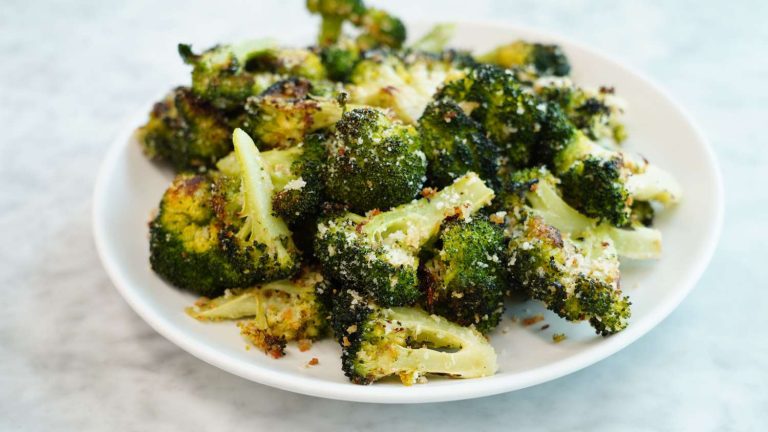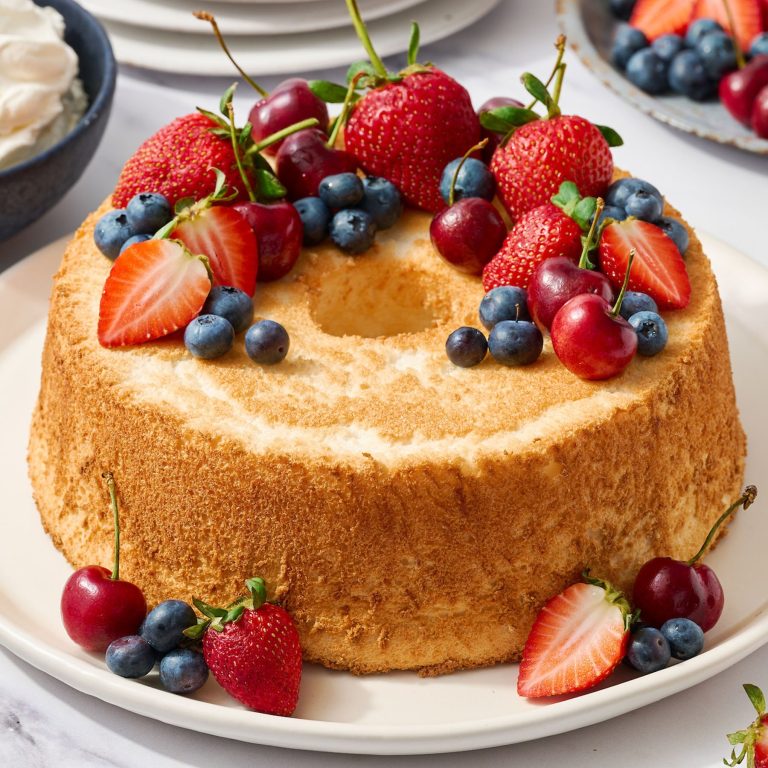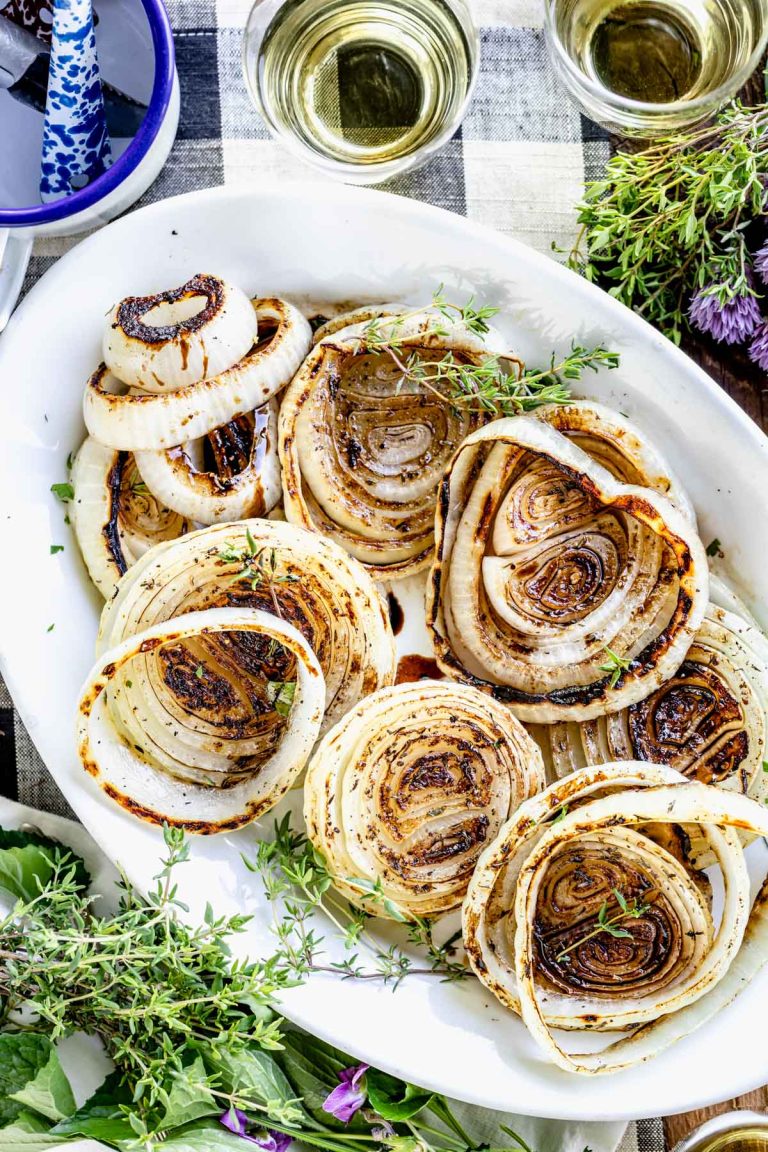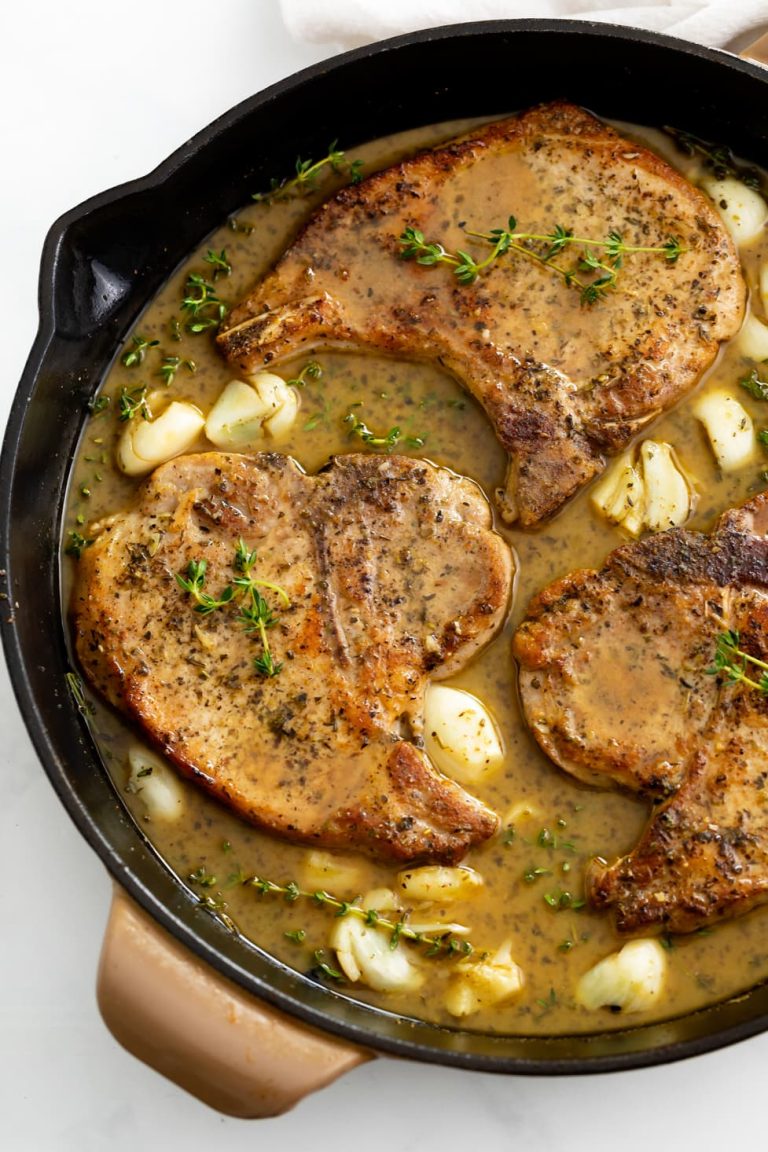Puff Pastry With Egg and Bacon Recipe: History, Tips, and Variations
Puff pastry, first documented in France in the 17th century, served as a luxurious base for many dishes due to its flaky texture. Chefs in France popularized it by perfecting the technique of layering dough. Bacon, native to ancient Europe, shares a rich history. Farmers preserved pork belly with salt, leading to the popularization of bacon in various cuisines. The combination of puff pastry, egg, and bacon likely emerged as chefs experimented with brunch dishes, merging these classic ingredients for a savory treat.
Current Trends in Cuisine
Today, puff pastry with egg and bacon features prominently in contemporary cuisine. It’s commonly found in bakeries and cafes, especially during breakfast hours. According to the National Restaurant Association, breakfast items, particularly puff pastries with savory fillings, have seen increased demand. Home cooks incorporate puff pastry with egg and bacon in their menus due to its ease of preparation and versatility. Social media platforms, like Instagram and Pinterest, showcase innovative variations of this dish, highlighting its ongoing popularity. Restaurants often add their unique twist, infusing ingredients like cheese, vegetables, or herbs to cater to diverse palates.
Essential Ingredients for Puff Pastry With Egg and Bacon
Choosing the Right Puff Pastry
Selecting high-quality puff pastry makes a significant difference in the final dish. Opt for all-butter puff pastry for its superior flakiness and flavor. Many supermarkets offer frozen puff pastry sheets, making preparation convenient. Check the ingredient list and avoid products with hydrogenated fats or artificial additives. If you prefer homemade, ensure you use unsalted butter and follow precise folding techniques to achieve the desired layers. Keep the pastry cold until you bake it to prevent it from becoming soggy.
Best Eggs and Bacon for Flavor
For optimal flavor, choose free-range or organic eggs. These eggs typically have richer yolks and more robust flavors. Freshness is crucial, so check expiration dates. For bacon, select thick-cut, preferably from a reputable butcher or brand known for high-quality products. Smoked bacon adds an extra layer of depth to the dish. Avoid overly lean bacon slices as they may dry out during baking. Cured bacon without too many preservatives enhances the natural taste of the meat.
Step-by-Step Recipe Guide
Preparing the Ingredients
Ensure you gather all necessary components before you start. Buy high-quality puff pastry, preferably all-butter, for better taste and flakiness. Opt for free-range or organic eggs to achieve richer yolks and enhanced flavor. Select thick-cut smoked bacon from a reputable source. You’ll need:
- 1 sheet of puff pastry
- 4 large eggs
- 4 slices of thick-cut smoked bacon
- Salt and pepper to taste
Thaw the puff pastry according to package instructions. Preheat your oven to 400°F (200°C), ensuring it’s fully heated before you bake. Cook the bacon in a frying pan over medium heat until crispy, then set it aside to drain on paper towels. Crack the eggs into a bowl, add salt and pepper, and beat lightly.
Assembly and Baking Techniques
Lay the thawed puff pastry sheet on a lightly floured surface. Cut it into four equal squares using a sharp knife for clean edges. Place the puff pastry squares on a baking sheet lined with parchment paper to prevent sticking.
Fold the edges of each square up slightly to create a border, which will hold the egg in place. Lay a cooked bacon slice diagonally across each puff pastry square. Carefully pour a beaten egg into the center of each square, ensuring it stays within the borders.
Bake in the preheated oven for 15-20 minutes, or until the pastry is golden brown and puffed. The egg should be set but still slightly runny for the best texture. Remove from the oven and let the pastries cool for a few minutes on a wire rack.
Serve warm, garnished with fresh herbs like chives or parsley if desired, and enjoy the combination of flaky pastry, savory bacon, and creamy egg.
Serving and Presentation Tips
Plating Ideas
Highlight visual appeal by arranging pastries on an elegant serving platter. Stack a few layers high for a 3D effect. Place pastries at varying angles. Add small garnishes like sprigs of parsley or dill. Use contrasting colors, with the golden brown pastry enhancing the vibrant garnishes. Consider serving individual portions on small plates, with geometric or artistic drizzle patterns of sauces or reductions around the edges. Ensure each plate has consistent presentation quality.
Accompaniments and Variations
Enhance the meal’s complexity by pairing it with complementary sides. Offer a fresh green salad tossed with a light vinaigrette for a refreshing contrast. Include a bowl of mixed fruit for a sweet balance. Add variations to the dish by incorporating cheese, such as Gruyère or cheddar, into the filling. For a herbed twist, mix chopped chives or thyme into the egg mixture before baking. Consider vegetarian options by substituting bacon with sautéed mushrooms or spinach. Provide an array of sauces for dipping, like spicy sriracha mayo or a tangy hollandaise. These accompaniments cater to diverse tastes and elevate the dining experience.
Health Considerations
Caloric Content and Nutritional Value
Puff pastry with egg and bacon contains significant calories. On average, one serving delivers about 400-500 calories. This includes roughly 25 grams of fat, with saturated fats comprising around 10 grams. Protein content reaches approximately 15-20 grams, mainly from eggs and bacon. Carbohydrates make up about 30 grams, originating from the pastry dough. Vitamins like B12 and D, along with minerals such as iron and zinc, enhance the dish’s nutritional profile.
Dietary Modifications
You can modify this dish to meet various dietary needs. For a lower-calorie version, use reduced-fat puff pastry and lean turkey bacon. Replace whole eggs with egg whites to cut down on cholesterol. To create a vegetarian alternative, substitute the bacon with plant-based proteins like tempeh or tofu. Gluten-free puff pastry caters to those with gluten intolerance. For heart-healthy options, incorporate more vegetables, such as spinach or bell peppers, to boost fiber and nutrient intake.
Conclusion
Creating puff pastry with egg and bacon is more than just a culinary endeavor; it’s a journey through history and flavor. By mastering the layering technique and exploring various filling options, you can elevate this classic dish to new heights. Whether you stick to the traditional recipe or experiment with healthier, vegetarian, or gluten-free alternatives, there’s a version for everyone. So roll up your sleeves and enjoy the process of making this timeless dish, knowing that you’re partaking in a culinary tradition that has delighted palates for centuries.


